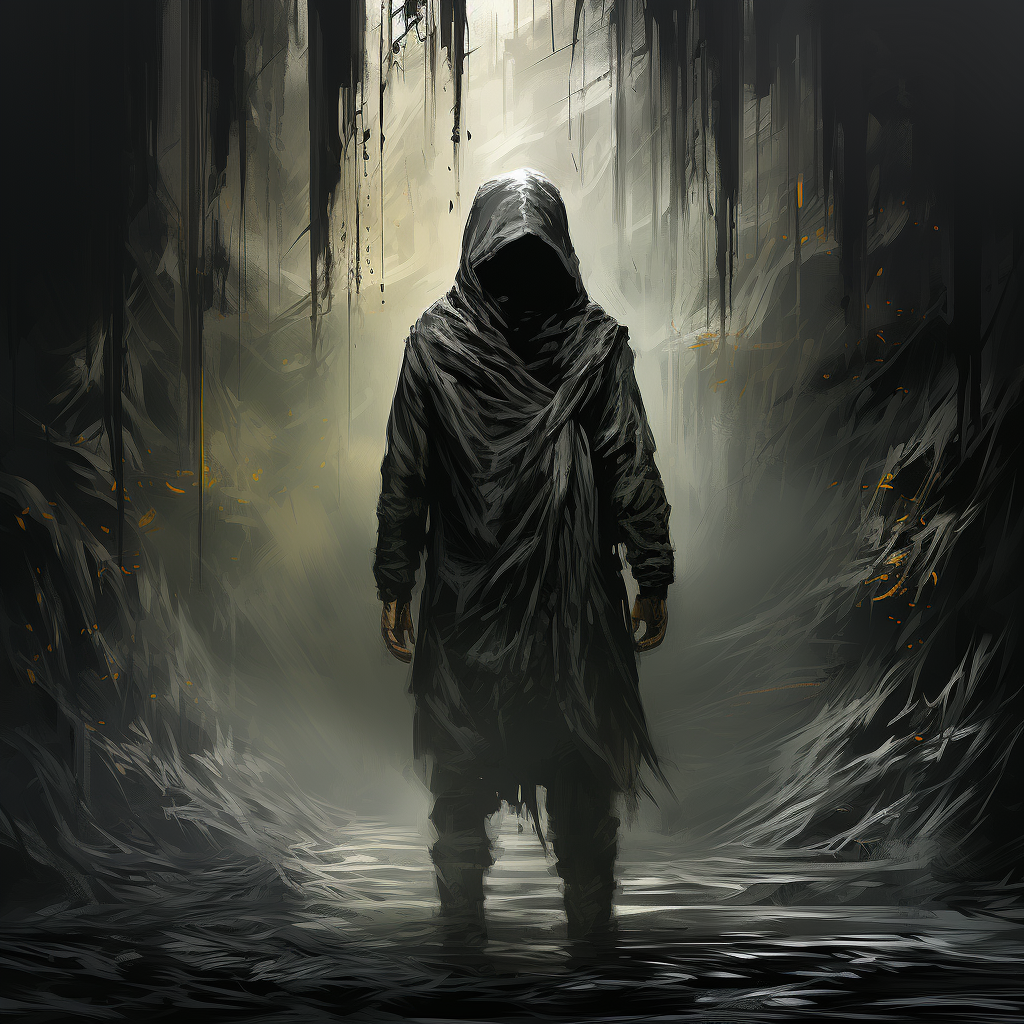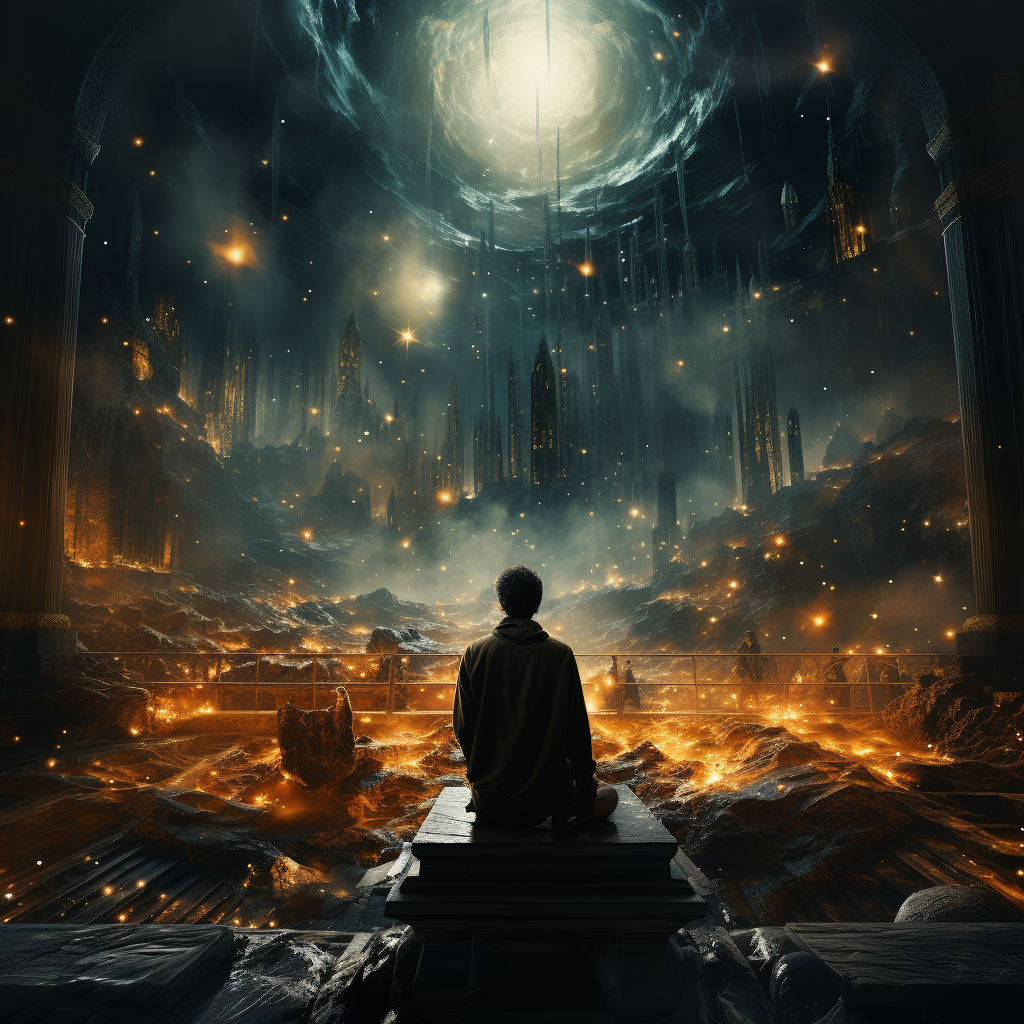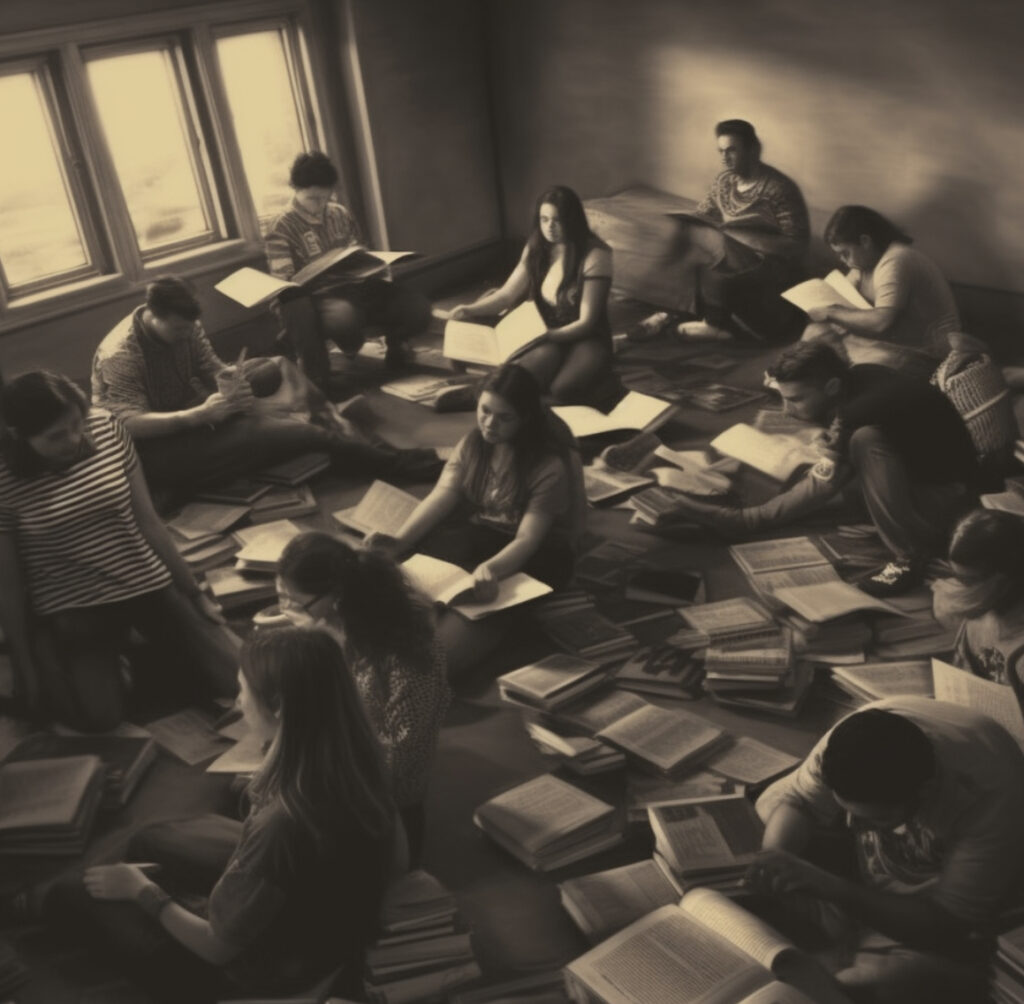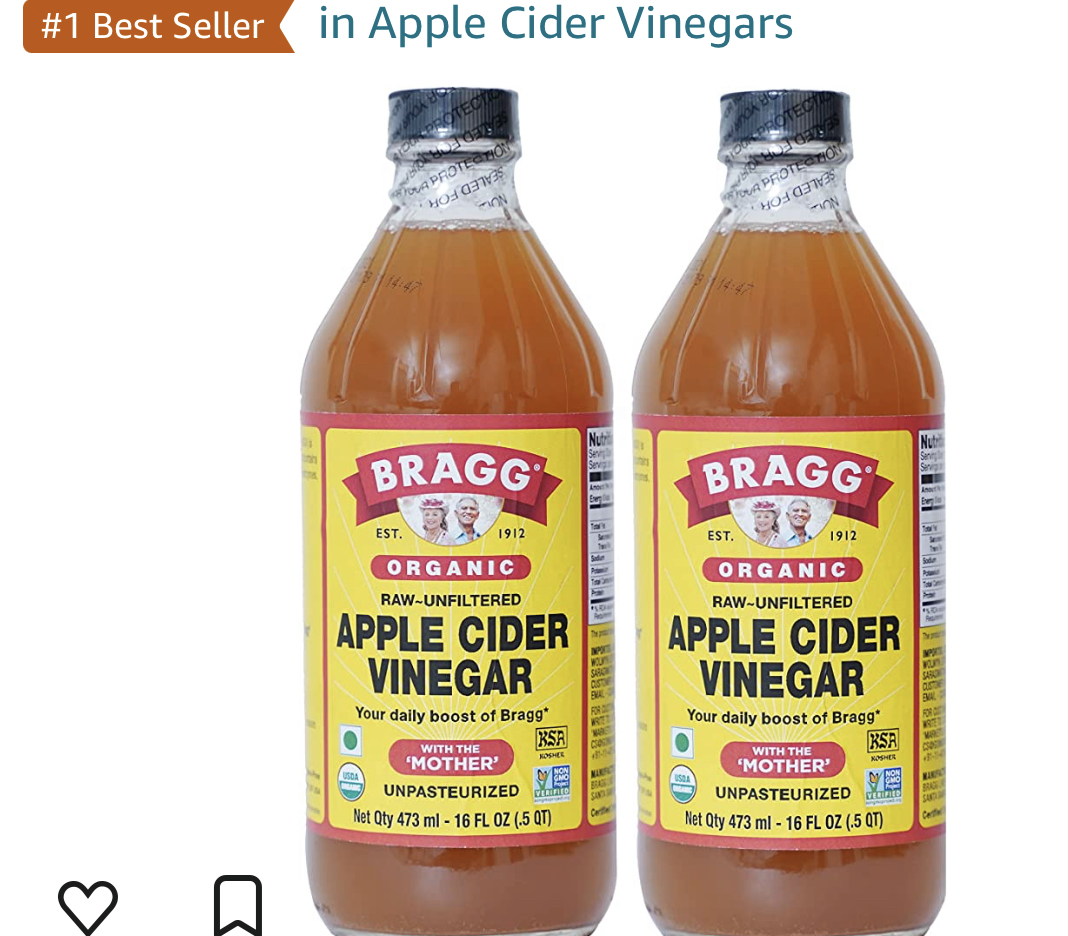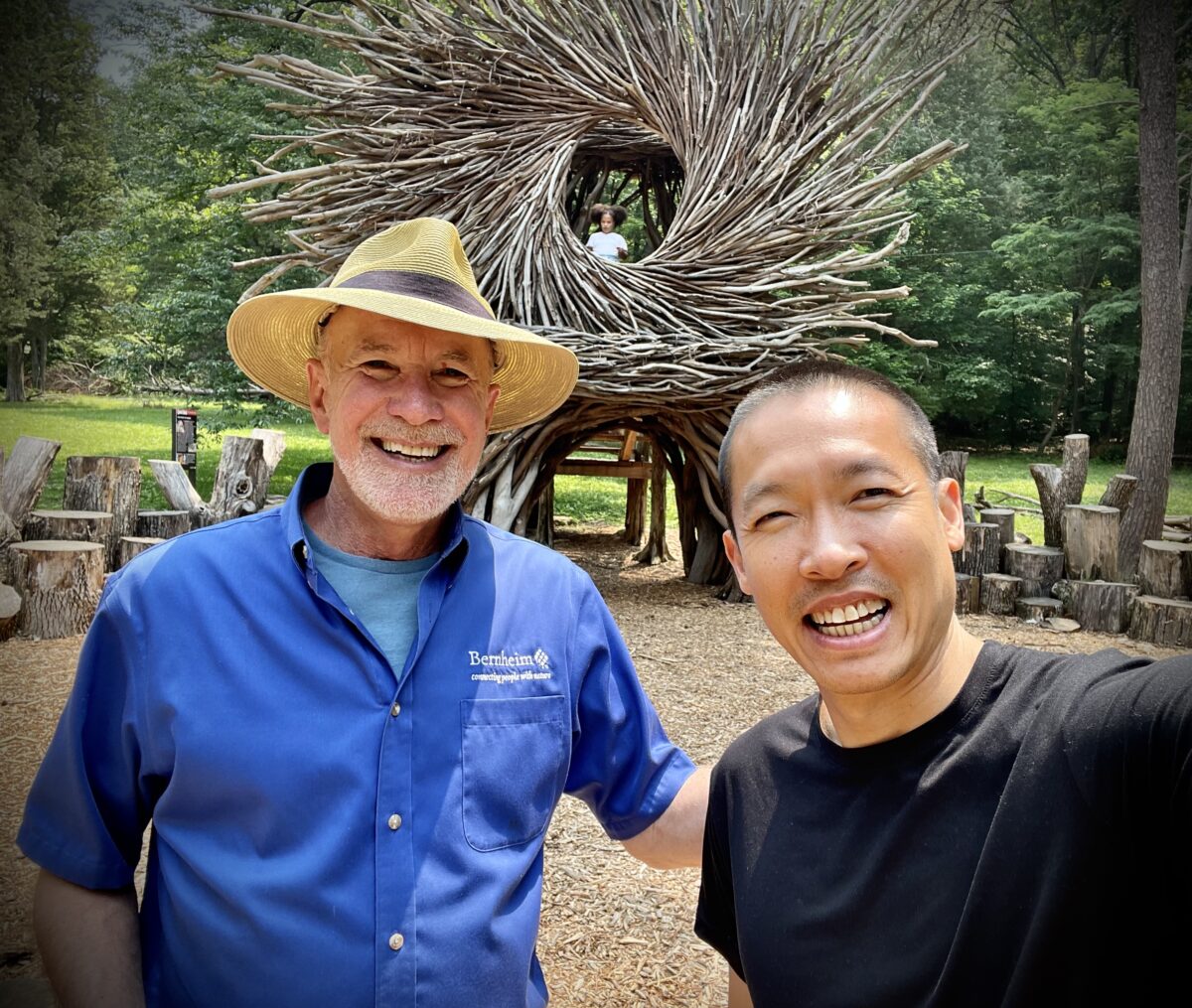Sugar, a ubiquitous component of our modern diet, often conjures up images of sweet treats. Its role in providing quick energy is unquestionable. However, the excessive consumption of sugar and its potential health impacts are an alarming reality. Understanding how sugar is metabolized into energy, and the implications of its excess, can shed light on the complex interaction between our diet, body cells, immune system, and the subsequent inflammation.
When we consume sugar, our body works to convert it into energy. This process starts in the digestive tract, where enzymes break down sugars into simpler molecules like glucose. Glucose is then absorbed into the bloodstream, creating a spike in blood sugar levels. In response, the pancreas releases insulin, a hormone that allows glucose to be absorbed by our cells and used for energy.
The body has a finely balanced system to manage this energy reserve. The consumed glucose that isn’t immediately needed for energy is stored in the liver and muscles as glycogen. When these storage sites are full, and there’s still an excess of glucose, the body converts it into fat for long-term storage.
The process of storing excess sugar as fat is an adaptive survival mechanism. However, persistent overconsumption of sugar can overwhelm this system. A continuous influx of sugar can lead to an excessive accumulation of fat cells. As these cells expand, they can stretch and sometimes rupture. This rupture causes damage to the cells, triggering an immune response.
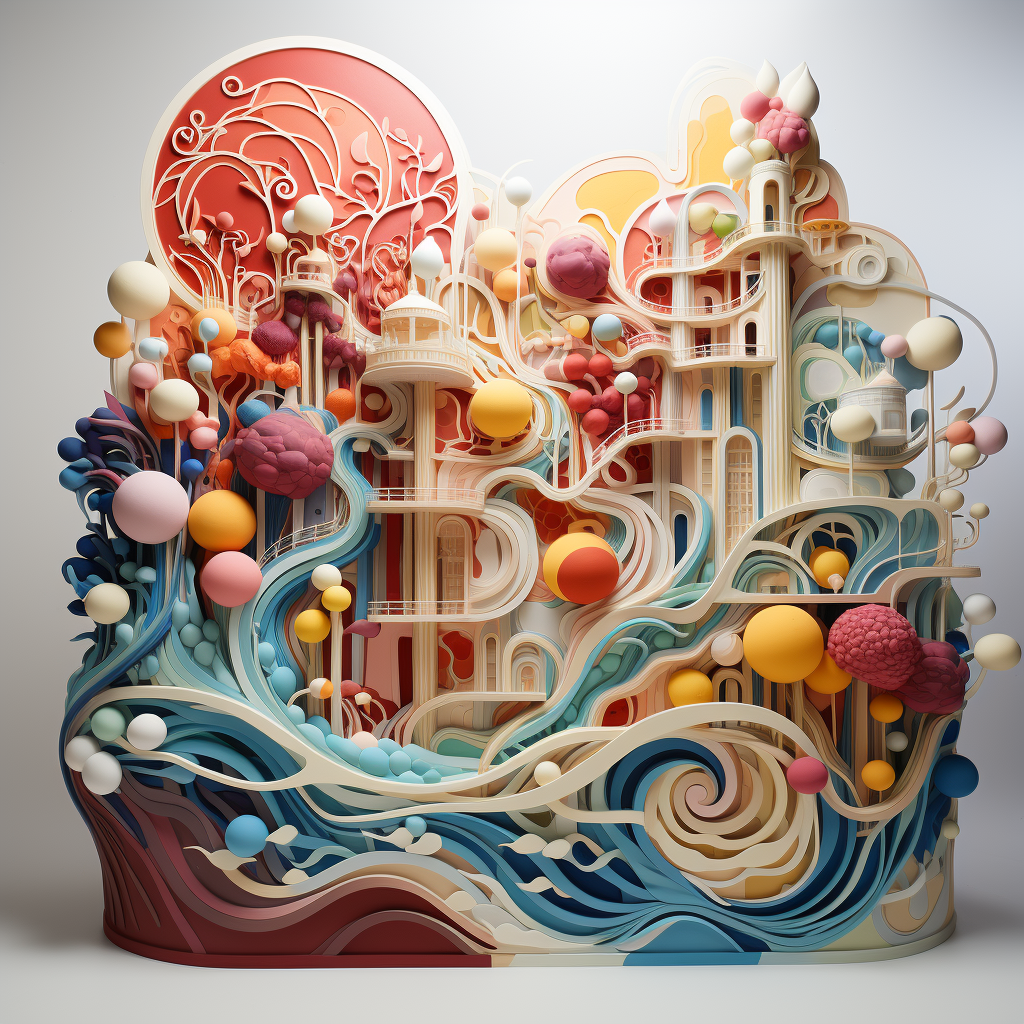
Our immune system, upon detecting these damaged cells, comes into action. It sends out signals attracting immune cells to the site of injury. These immune cells release substances that cause inflammation, which is essentially the body’s way of protecting itself. The inflammation is meant to isolate the damaged area and aid in recovery. However, when sugar consumption remains high, the damage to fat cells continues, leading to persistent inflammation.
High levels of inflammation from persistent damage are linked to various health problems, each presenting its own set of symptoms:
- Digestive Issues: Chronic inflammation can impair the lining of the stomach and intestines, potentially causing ulcers and irritable bowel syndrome (IBS).
- Cancer: Long-term inflammation is believed to contribute to the development of certain types of cancer. For instance, in cases of obesity, persistent inflammation in the body can increase the risk of developing colon, breast, and endometrial cancers.
- Cardiovascular Disease: High sugar intake is associated with weight gain and increased levels of certain fats in the blood. These can lead to inflammation of the blood vessels, potentially leading to heart disease.
- Diabetes: Persistent high blood sugar can lead to insulin resistance, where cells fail to respond adequately to insulin. This can eventually result in type 2 diabetes.
- Liver Disease: Excess sugar, especially fructose, can be stored as fat in the liver, leading to non-alcoholic fatty liver disease (NAFLD).
- Neurodegenerative Diseases: Studies suggest that chronic inflammation may play a role in neurodegenerative diseases like Alzheimer’s.
- Mental Health Disorders: Emerging research suggests a link between high-sugar diets, inflammation, and mental health disorders, including depression and anxiety.
Our understanding of the complex interplay between sugar, energy, fat storage, and inflammation continues to evolve. It’s clear, however, that maintaining a balanced diet, low in refined sugars, is a key component of overall health. Moderation in sugar consumption not only keeps our energy levels steady but also aids in preventing the chain reaction that leads to chronic inflammation and associated health problems.







